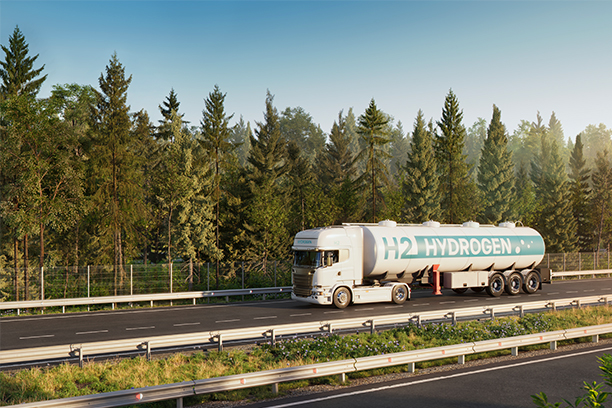Innovative Technology Series: Ammonia cracking technology development
Mizuho Industry Research
July 2024

Key Highlights
- Ammonia cracking technology could become crucial in the future, as ammonia is recognized as one of the potential hydrogen carriers due to its superior properties, the ability to use existing value chains, and lower transportation and investment costs for long distances compared to other hydrogen carriers such as liquid hydrogen (LH2) and liquid organic hydrogen carriers (LOHC). Ammonia is considered the most viable hydrogen transport carrier globally. However, LH2 and LOHC are more popular in Japan.
- The technology for the most popular ammonia cracking method, thermo-catalytic cracking, is predominantly owned by European and American companies. However, it faces many challenges, including high cracking costs, low efficiency, and unstable operation. Japanese hydrogen carrier suppliers, engineering, procurement and construction (EPC) contractors, and component manufacturers have been intensifying their R&D efforts since 2023, thanks to support from NEDO.
- Based on global demand for centralized ammonia cracking, Japanese companies should be able to pour R&D efforts into the design and EPC of centralized systems, including components such as catalysts, to seize business opportunities and prevent the outflow of investment and industry from the country. However, while Europe has advanced to the demonstration stage and South Korea has secured EPC contracts for commercial ammonia cracking projects, Japanese companies have been hesitant to make decisive investments in the technology due to the difficulty in forecasting domestic hydrogen demand.
- Therefore, the government is expected to support creation of hydrogen demand in areas like gas co-firing in power generation and steel manufacturing by prioritizing the procurement of green products. Simultaneously, it is likely to take steps including increasing the R&D support budget for ammonia cracking technology, commercializing innovative ammonia synthesis technology, and prioritizing support for the development of ammonia reception facilities in situations where ammonia cracking is considered to be established.